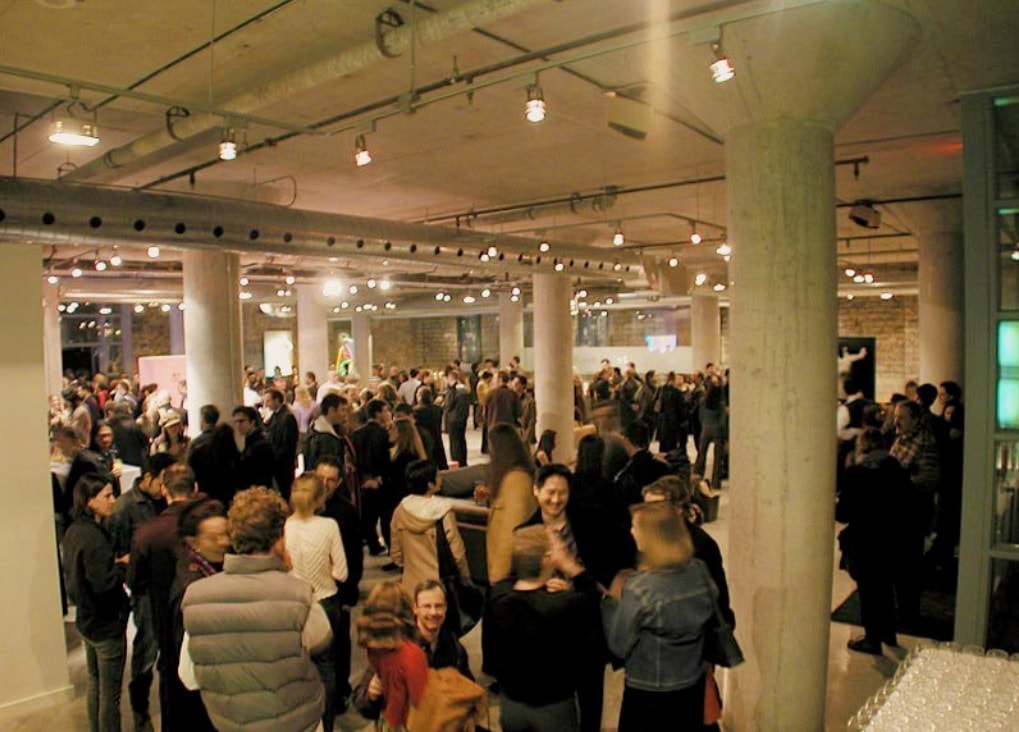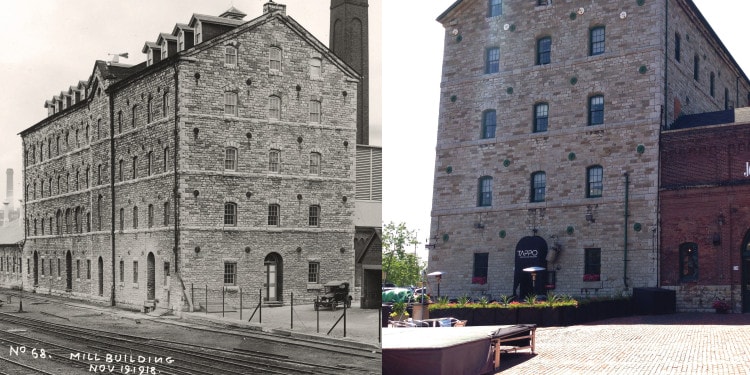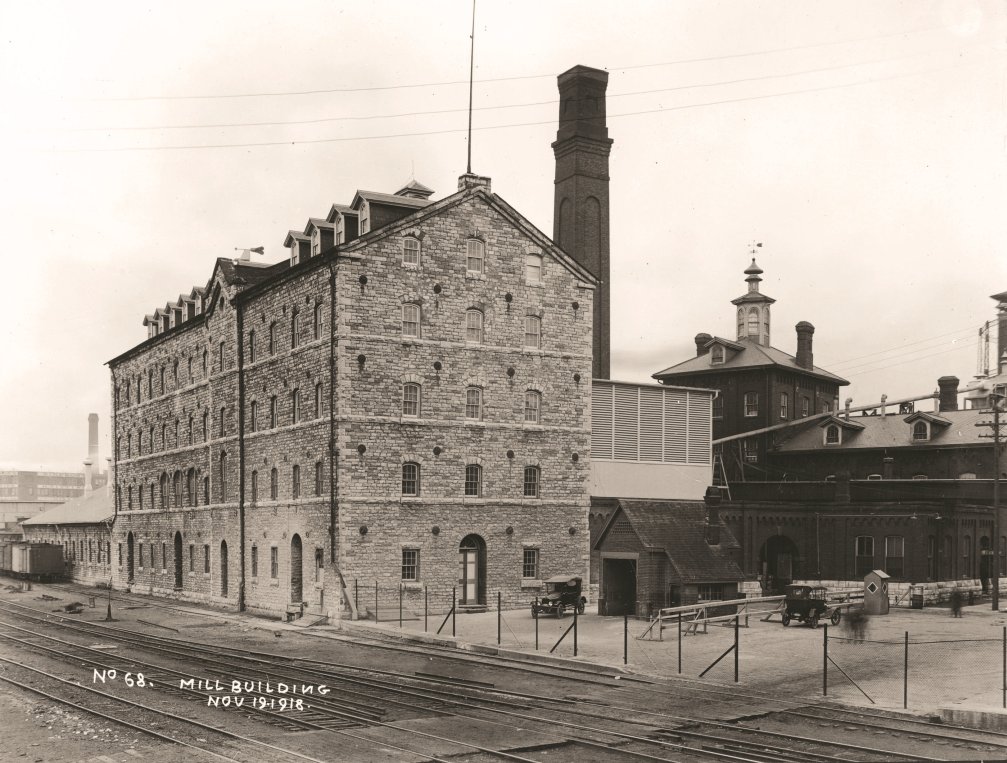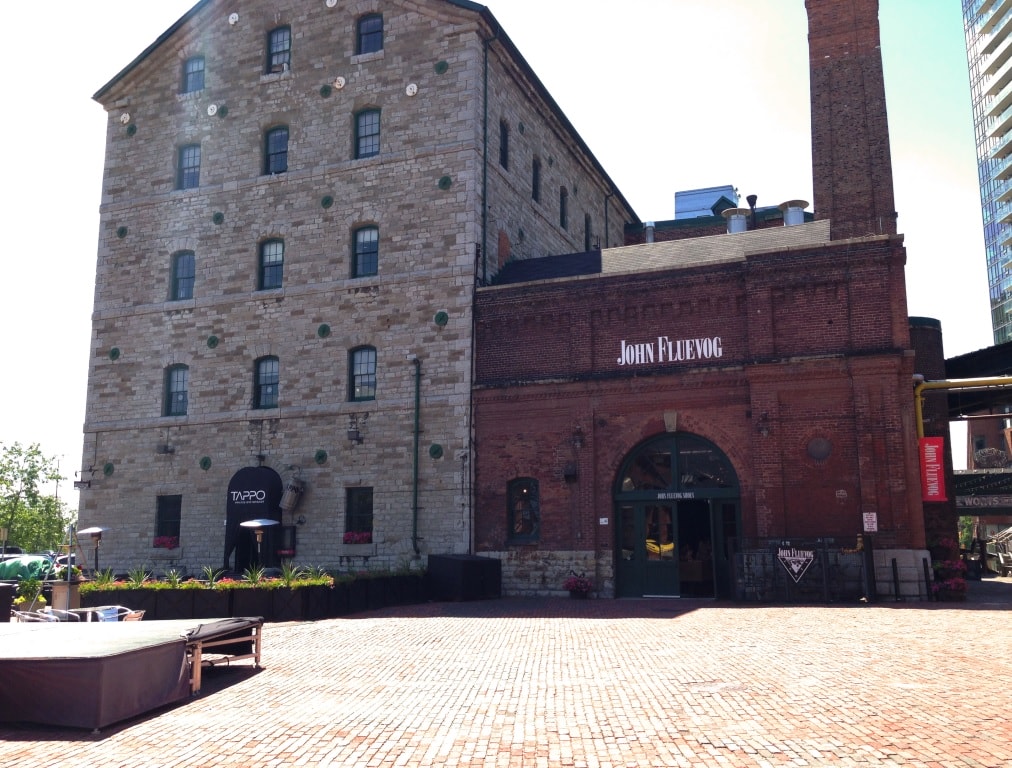Toronto is one of the most multicultural cities in the world, growing quickly and offering something for everyone. This dynamic metropolis has some beautiful views, ranging from the Toronto Islands to the top of the famous CN Tower.
The town, established as the capital of Upper Canada at the end of the 18th century, was called York until it was incorporated in 1834 and became Toronto. James Worts and William Gooderham, who were brothers -in-law, founded a brewing and distilling company in Toronto when it was still called York, and their distillery grew and prospered into one of Toronto’s founding staple companies. Toronto quickly became more populated; starting from a mere 9,254 people in 1834, its population more than doubled ten years later. By the turn of the century, Toronto was home to nearly 200,000 inhabitants.
The land around Toronto is fertile and until the mid-1900s, agriculture was the biggest industry in the area. During the late 1800s, there was extensive growth throughout the city’s infrastructure and many landmark buildings were built, including the Adelaide Street Court House, Toronto Street Post Office and University College, all of which still stand and are used today.

Gooderham and Worts Distillery also moved into its new limestone building in 1860, becoming one of Toronto’s most important manufacturing contributions to the budding metropolis. The building was made of limestone with walls over 3.5 feet thick and was a local landmark of the time.
By 1877, Gooderham and Worts Distillery was the largest distillery in the world. As the company prospered, it required more space for its operations. The multiple buildings in the area used to be barrel factories, steam powerhouses, and bottling and shipping plants for the distillery. All of the buildings were built in the peak of the Victorian Industrial age and although the Distillery District’s factories are more elaborate than usual, one can find similar historic building in San Francisco, London and Pittsburg.
On my tour of the Distillery District, the guide gave some very compelling insights of the plight of the Torontonians of the time. Throughout the 1800s, garbage and other toxins were dumped into Lake Ontario in order to push back the shoreline. This made the water unhealthy and unfit for consumption. There were many outbreaks of cholera that killed a large percentage of those infected. For the lower class who could not afford clean well-water, beer and whisky seemed to be the perfect cure. Today we know this is so because it is boiled, causing all toxins to escape the liquids. Over a century ago, the Distillery thus offered a reasonably priced preventive remedy.
Gooderham and Worts Distillery had much success throughout the late 1800s. However, with the onset of the First World War and Prohibition, the distillery almost fell into ruin. The distillery converted its operations to help the war effort, and by 1923, the declining business was bought and shifted its focus to producing and selling Canadian Club whisky. The downtown location started to also distill rum products. However, in spite of all efforts, after 153 years, Gooderham and Worts Distillery finally closed its doors.
In 2001, Cityscape Holdings Inc. bought The Distillery, now classified as a national historic site, in hopes of refurbishing the historical area and bringing it back to life by highlighting its unique past and bringing people to its pedestrian-only cobblestone streets. The small group of developers had no intentions of turning the historic site into another “pioneer village” but rather something more unique and exciting. The area was to become an incubator for creativity and passion, for artists, artisans, entrepreneurs and business people alike. In 2003, The Historical Distillery District was opened to the public and rapidly became recognized as a vital part of the city.

Today, Toronto’s historic Distillery District is a dynamic fusion of old and new in a neighborhood located just east of Downtown Toronto. The area has numerous small cafes, restaurants and one-of-a-kind artisan shops and galleries. The creative powerhouse of the area is in the same limestone building that was once at the heart of the Distillery. It is home to commercial space for architects, advertising firms and a production crew for on-site filming. The Distillery District works with Artscape, a Toronto not-for-profit organization that helps find space for creativity and transforming communities. This is evident in the bottling and shipping building, which is now an incubator for artists, giving them workshop and store space. As you walk the streets of this beautiful and unique area, you feel transported into the past and the hustle and bustle of the neighborhood keeps you wanting to come back.
Today, Toronto is home to over 2.5 million inhabitants, and the Greater Toronto Area is populated with more than 6 million people. It is a thriving city that uses its history and older architecture to create new urban places filled with art, style, and delicious cultural cuisines of the world. The Distillery District is a great example of preserving history while merging art, style and culture into our modern architecture and lifestyles.
And don’t worry! The Distillery District has an in-house brewery that makes craft beers on sight.









